Many people have noticed that the appeal of dining out has been fading over the last few years. Rising costs and changes in dining experiences have contributed to this shift. Here are 19 reasons why eating out is no longer as enticing as it once was.
High Prices
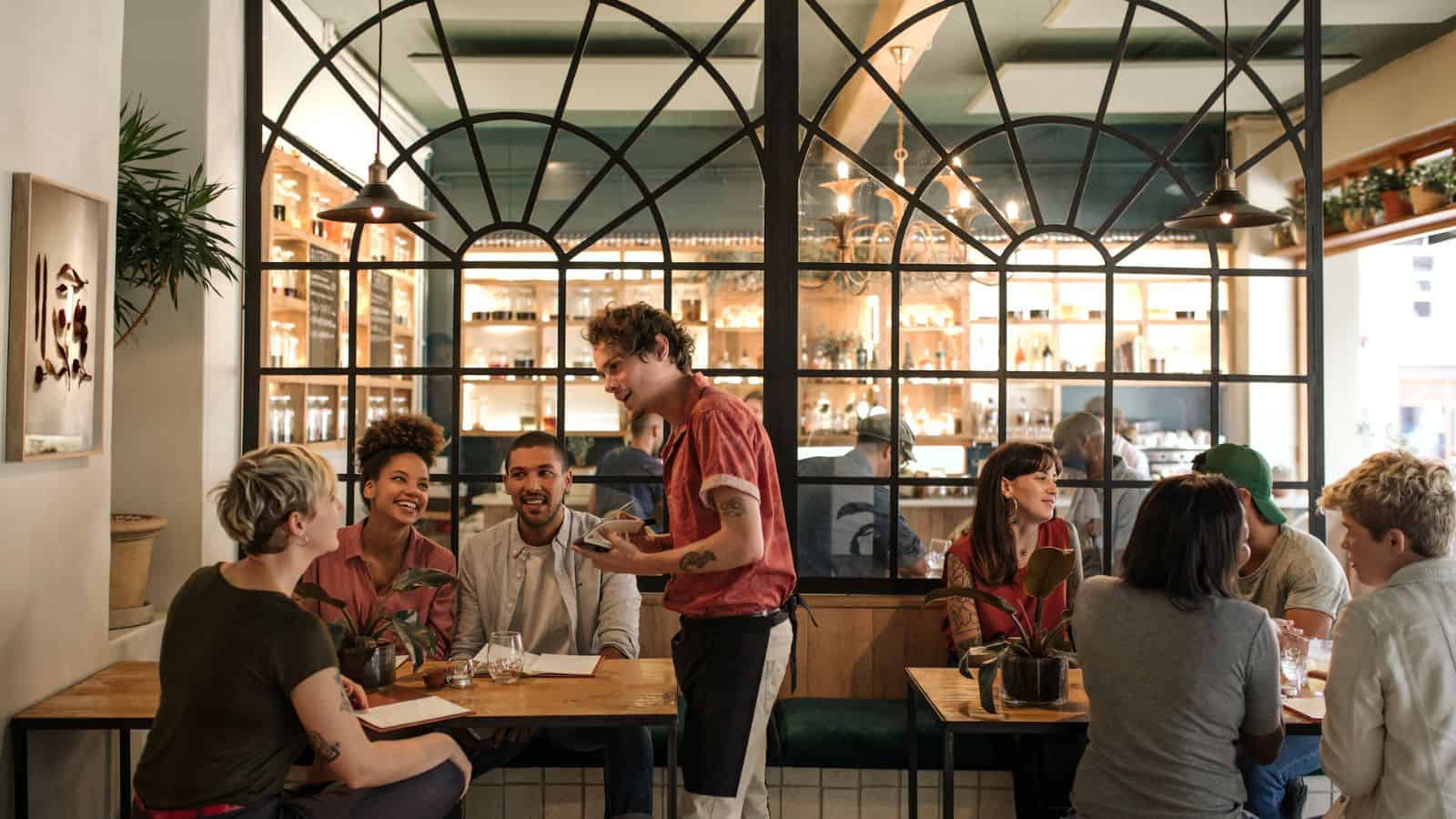
According to USA Today, “experts point to restaurants’ increased expenses – like labor, rent and insurance – as the reason they’re charging customers more.” Inflation has also driven up the prices of food and ingredients, which forces restaurants to reflect these higher costs on their menu.
Bad-Quality Food

In an attempt to keep their prices lower, restaurants typically use lower-quality ingredients that cost less. You might also find restaurants with bad food preparation and presentation, with pre-cooked and microwaved dishes becoming more common to cut costs even more.
Poor Customer Service

It’s not just the food that makes a dining experience enjoyable; it’s the service too! Staff shortages and a lack of training are leading to longer wait times and poor customer service in many restaurants. High staff turnover rates also negatively affect the quality and consistency of service.
Health and Safety Concerns
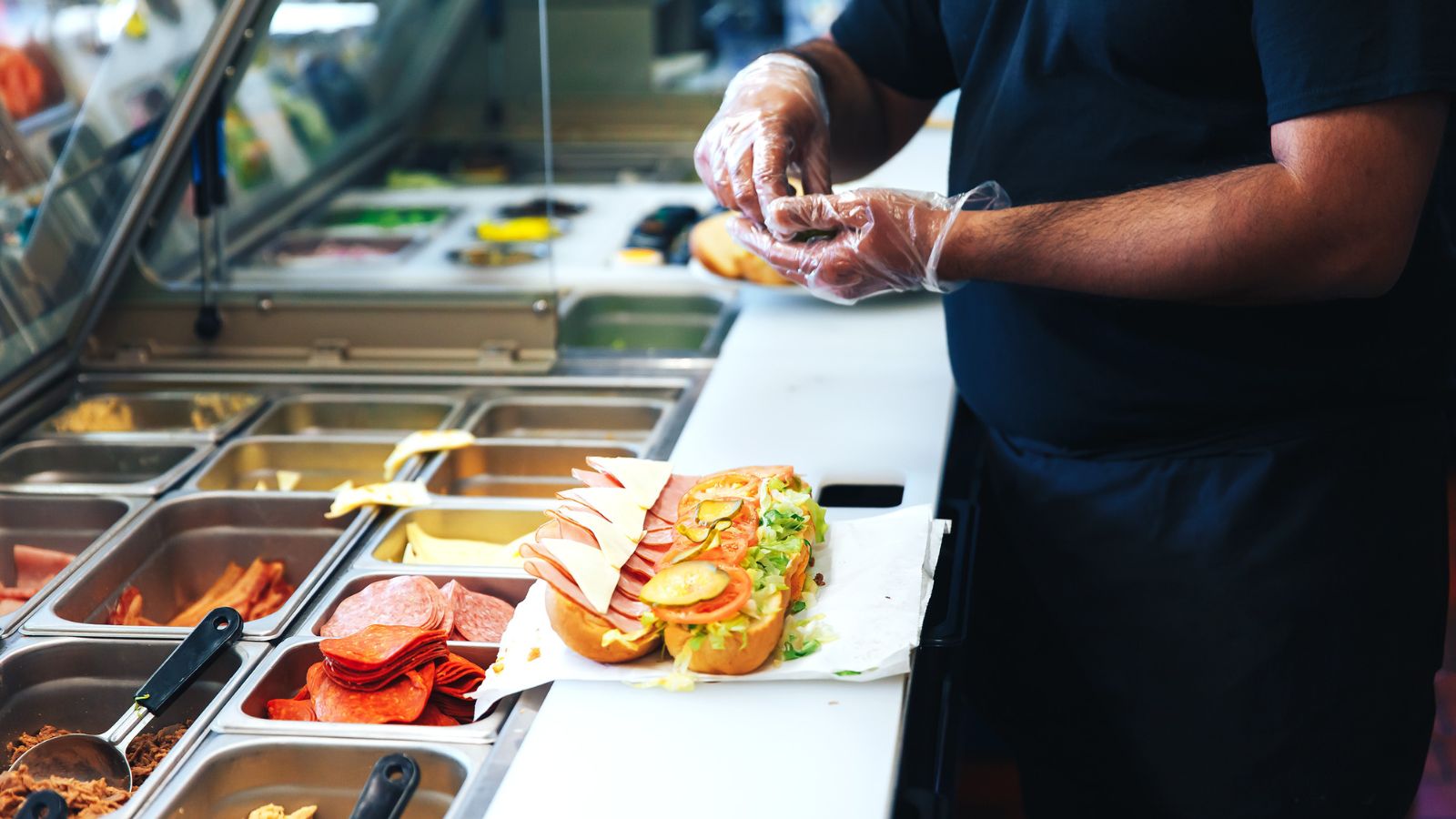
Greater awareness of health and safety concerns, such as hygiene, cleanliness, and foodborne illnesses, has led to restaurants facing tougher standards and expectations. Since the pandemic, customers have become more worried about illnesses and their health and are more hesitant to dine out.
Shift to Healthy Eating

In recent years, we have become more conscious of what we eat, and there has been a renewed focus on healthy eating. People often prefer home-cooked nutritious meals these days, as they can control the portion sizes and ingredients. There has also been an increased interest in organic and locally sourced foods.
Limited Dietary Alternatives

Many people have dietary restrictions due to being vegan or having lactose or gluten intolerances. Verywell Health reports that, “an estimated 2 million (or 1 in 133) people in the United States have celiac disease.” However, restaurants still tend to have limited dietary options and customization for allergies and preferences.
Unpredictability

We all like our routines and can get a bit stressed out when things change! We often can’t rely on our favorite restaurants for consistency anymore, as the quality of the food can vary, and the menus and prices are frequently changing. Some restaurants even have inconsistent opening hours and availability.
Lack of Ambiance
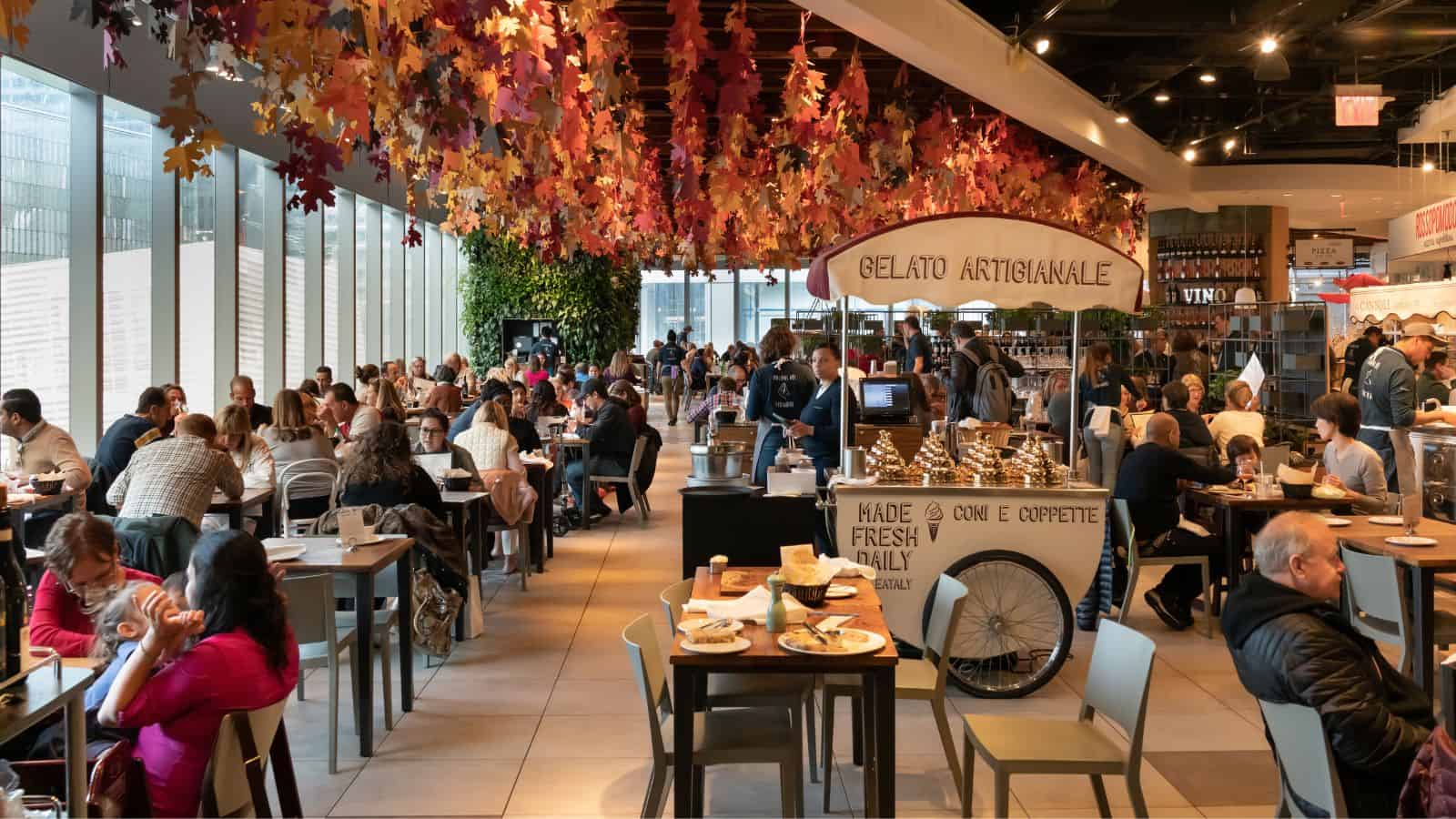
It can be quite loud and overcrowded when you dine out, and this lack of ambiance can take away from the enjoyment of going out to eat. Who wants to be shouting over a table to each other? Restaurants seem less interested in ambiance, with uncomfortable seating and bad décor being common.
Inconvenience
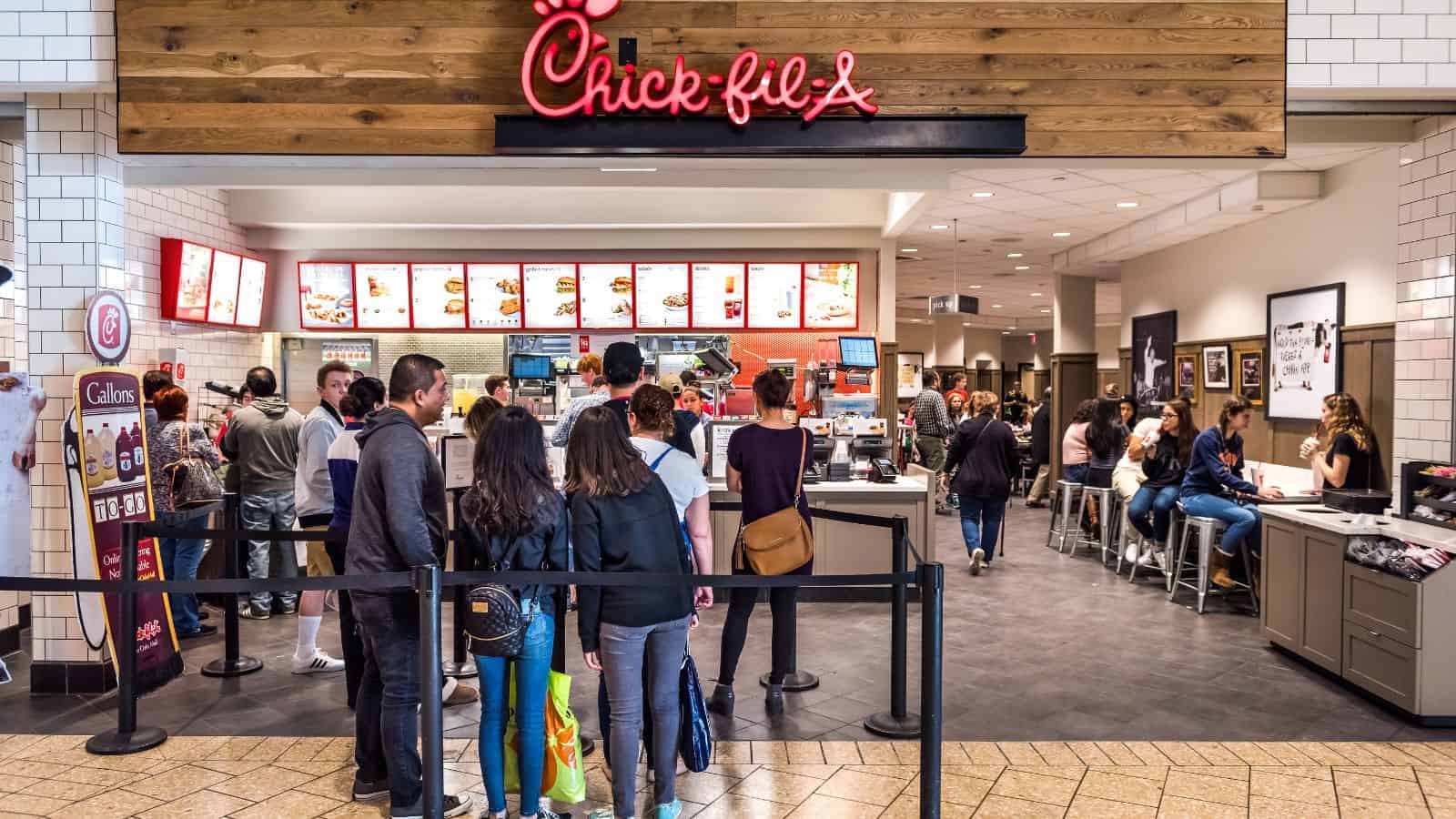
Some of us can be just plain lazy (I know I can), and cooking at home has started to become more convenient than dining out. The availability of grocery delivery services and companies that provide meal kits has increased, making cooking delicious meals at home a lot easier.
Environmental Concerns

We have all been growing more aware of various environmental concerns over time. There are many ways that the restaurant industry harms the environment, including through food waste and packaging waste, as well as the impact of transporting and sourcing foods.
Food Delivery Services

Food delivery services like Uber Eats and DoorDash allow us to treat ourselves in the comfort of our homes, so why would we eat out? The New York Times said, “71 percent of consumers said they would continue to order delivery as much as or more than they had during the pandemic.”
Influence of Social Media

Social media has an influence on everything these days, including the restaurant industry. Negative reviews and experiences that have been shared online can stop people from going to certain restaurants. Also, the new trend of showcasing your home-cooked meals and recipes online is encouraging people to eat at home.
Decline in Social Interaction

We just aren’t as social as we used to be! These days, social habits have changed, and people seem to prefer small, intimate gatherings at home rather than dining out with a group of people. With working from home becoming more popular, there is also less need to dine out.
Money Concerns

We’re living in an uncertain time at the moment, with people tending to hold onto their money in case of any unexpected situations. Many people don’t feel secure in their jobs and are changing their spending habits to save more money. This is leading to less people spending on dining out.
Work-Life Balance

There are not enough hours in the day to do the things we need to do, not to mention the things we want to do (like going out for dinner)! Busy schedules make eating out less practical, and people are using their limited free time on more valuable things like their families.
Limited Restaurant Options
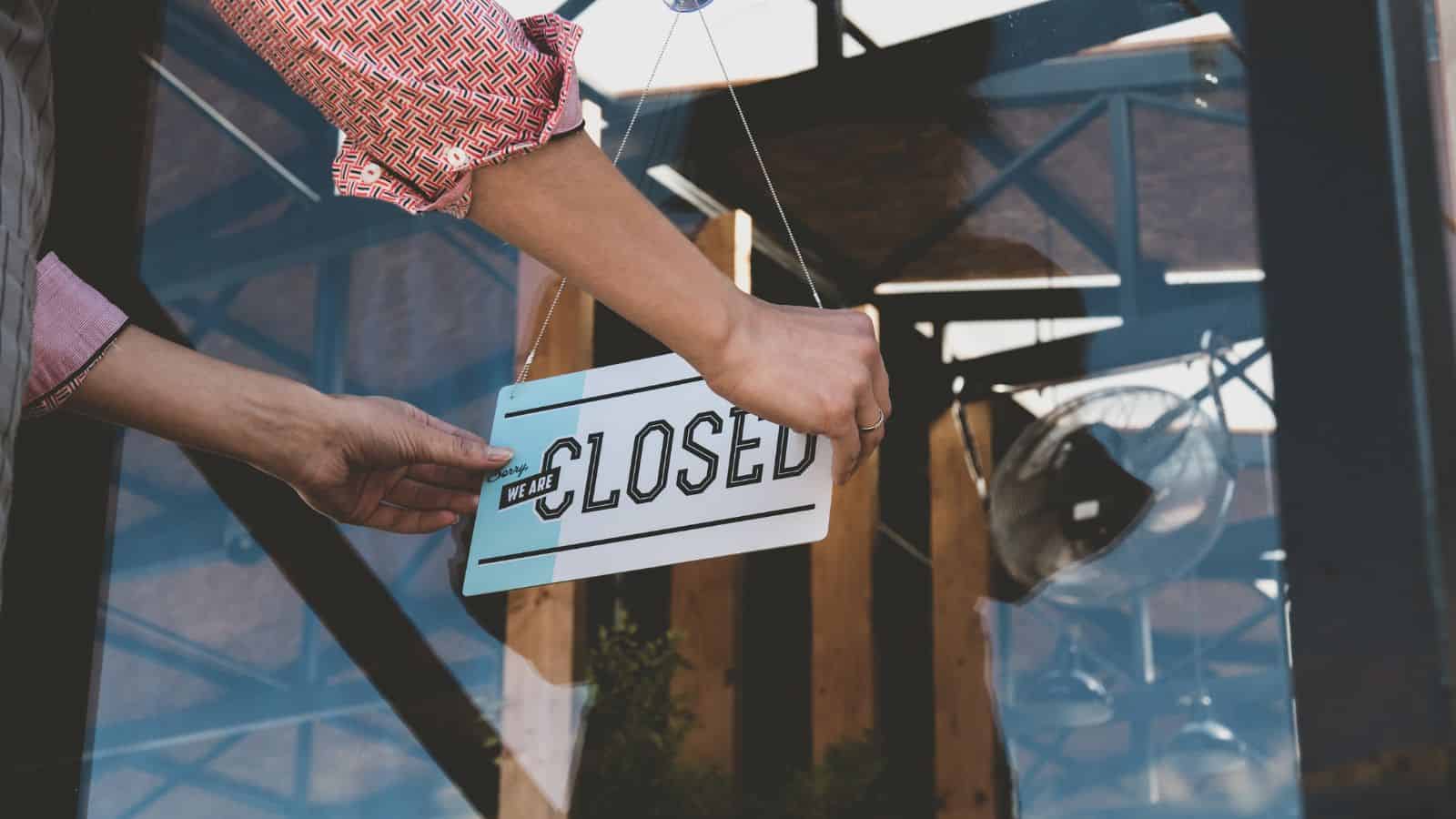
According to CNN, in 2022, “there were about 631,000 restaurants in the United States […], roughly 72,000 fewer than in 2019.” Many smaller local restaurants have closed due to economic pressures, leaving a limited variety of options and a lack of unique dining experiences.
Changing Trends

Food trends and consumer preferences change all the time! There’s currently a growing interest in international and diverse cuisines which aren’t widely available. This, combined with the trend of home cooking and the influence of cooking shows and online recipes, means people are opting to cook themselves.
Smaller Portions

Restaurants have often reduced portion sizes to manage costs. However, this results in people receiving less value for money and questioning whether it’s worth it to dine out. I don’t know about you, but I want to feel full when I leave a restaurant!
Hidden Fees and Charges

Some restaurants charge extra fees and charges on top of their bills in an attempt to keep business going and remain open. Unexpected service charges, mandatory gratuities for larger groups, and extra costs for basic amenities like water or bread are often not received well by customers.
Up Next: 17 Places in the U.S. Where Even Truck Drivers Won’t Stop

Truck drivers tend to be hardy souls—well-seasoned travelers who aren’t often afraid to rest up or refuel in risky locations. However, there are certain U.S. locations that even the most road-weary trucker refuses to stop at for fear of criminal activity or natural dangers. Here are 17 such locations that even experienced truck drivers approach with trepidation (or not at all).
17 PLACES IN THE U.S. WHERE EVEN TRUCK DRIVERS WON’T STOP
17 Things Guests Actually Notice Right Away About Your House

Inviting people into your home is a big deal. You may be very house-proud or house-conscious, and if you are either, you’ll likely get anxious about hosting. If this sounds like you, stop worrying and focus on the following 17 things that guests actually notice right away about your house.
17 THINGS GUESTS ACTUALLY NOTICE RIGHT AWAY ABOUT YOUR HOUSE
The 17 Unhappiest States in America

The US has hit an all-time low position in the World Happiness Index, tumbling to 23rd in 2024. However, it’s important to remember that location is an important factor; many US states are very happy, unlike the following 17 US states that appear to be the most unhappy.

